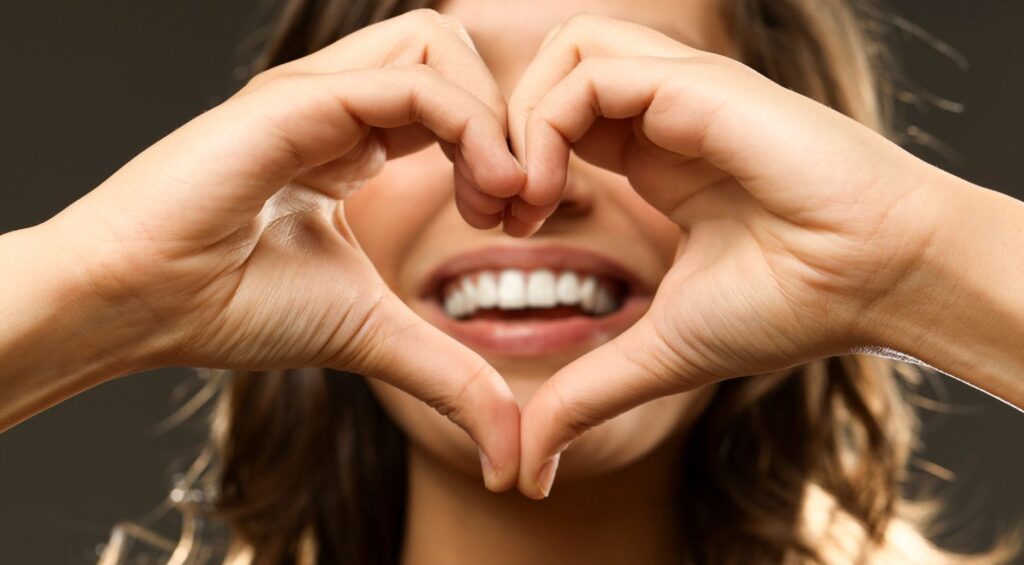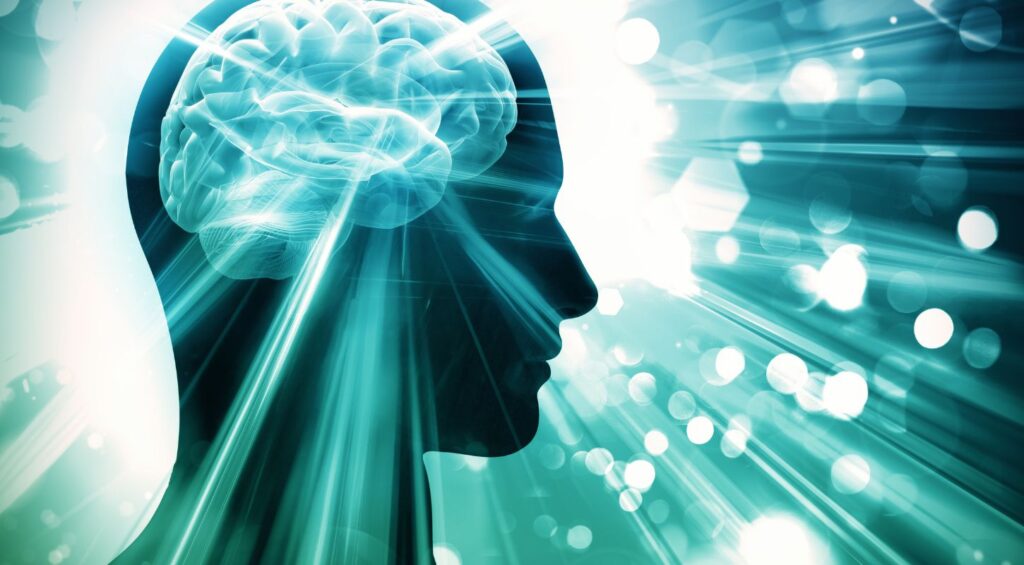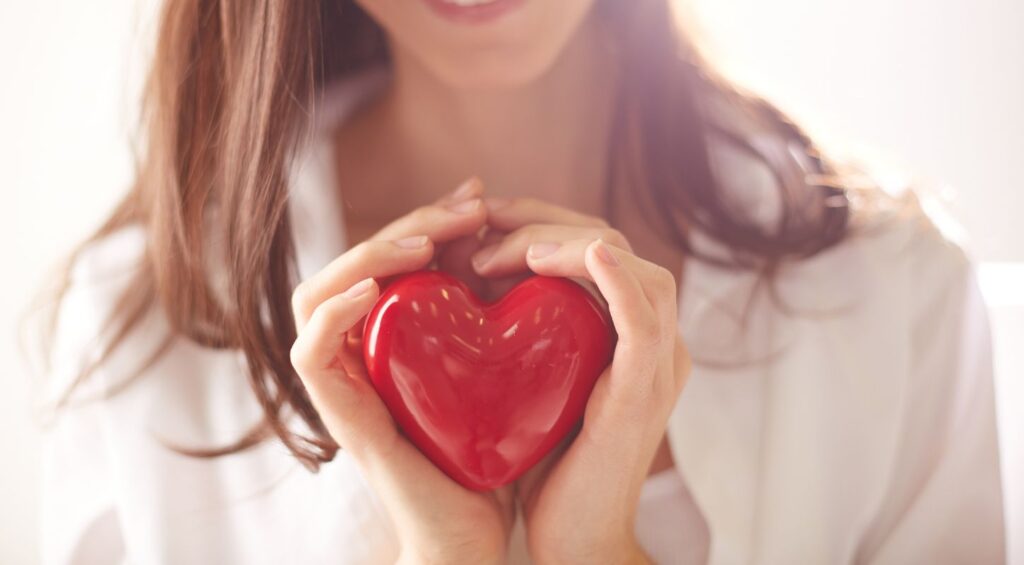
【Hearts and Brains Dancing Tango 💘】
Scientific Deep Dive into Love, Chocolate, and Neuroscience!
Is love blind?
Does chocolate cast a love spell?
Let’s decode Valentine’s Day through serious science with a side of humor! ✨
- 🧠 Love on the Brain: Dopamine’s Dance floor (Fisher et al., 2005)
- 🧪 The fMRI Love Parade (Bartels & Zeki, 2000)
- 💸 The Oxytocin Trust Trick (Kosfeld et al., 2005)
- 🍫 Chocolate: The Sweet Brain Hacker (Scholey & Owen, 2013)
- Valentine’s Day: A Hormonal and Emotional Dance Party According to Neuroscience 💃🧠✨
- 📚 References
🧠 Love on the Brain: Dopamine’s Dance floor (Fisher et al., 2005)

Falling in love turns your brain into a dopamine nightclub!
The ventral tegmental area (VTA), your brain’s jackpot lever, releases dopamine waves, making your beloved irresistible.
Meanwhile, oxytocin—the trust hormone—strengthens bonds, while the prefrontal cortex (a.k.a. your judgment center) goes offline.
Suddenly, their snoring sounds…cute, right!? 😍
🧪 The fMRI Love Parade (Bartels & Zeki, 2000)

🔬 In this fMRI experiment, participants viewed their lover’s photo.
Brain fireworks erupted: the VTA, caudate nucleus, and putamen—pleasure and motivation centers—lit up.
Meanwhile, the prefrontal cortex, your internal voice of reason, clocked out early.
Science says:
Love is a full-on brain heist! 💞
💸 The Oxytocin Trust Trick (Kosfeld et al., 2005)

Oxytocin, the “trust hormone,” was inhaled by participants before a trust game.
Result:
Wallets opened, guards lowered, and the amygdala—your danger radar—took a nap.
Conclusion?
Love doesn’t just make you blind; it makes you recklessly generous! 🤝
🍫 Chocolate: The Sweet Brain Hacker (Scholey & Owen, 2013)

Chocolate packs phenylethylamine (PEA), mimicking the brain’s “love buzz” by boosting dopamine.
Cocoa flavonoids increase brain blood flow, enhancing memory and focus (Desideri et al., 2012).
Translation?
Chocolate is a legally delicious stimulant for your brain and heart! 🍫💘
Valentine’s Day: A Hormonal and Emotional Dance Party According to Neuroscience 💃🧠✨

Love is a duet between hormones and your brain’s reward system! 💞
Both love and chocolate are magical spells that drive your brain delightfully wild. 🍫💘
- Love isn’t blind—it’s your brain on holiday!
- Trust isn’t a decision—it’s oxytocin’s magic trick!
- Chocolate isn’t a replacement for love—it’s your brain’s wingman!
Conclusion:
This year, let science be your excuse to enjoy chocolate—guilt-free and proudly!
So, let’s enjoy love 💞, savor chocolate 🍫, and if you text your ex…just blame neuroscience! 😉
📚 References
- Bartels, A., & Zeki, S. (2000). The neural basis of romantic love. NeuroReport.
- Desideri, G., et al. (2012). Benefits of cocoa flavanol on cognitive function. Hypertension.
- Fisher, H. E., et al. (2005). Romantic love: an fMRI study. Journal of Comparative Neurology.
- Kosfeld, M., et al. (2005). Oxytocin increases trust in humans. Nature.
- Scholey, A., & Owen, L. (2013). Effects of chocolate on cognitive function. Nutrition Reviews.
- Young, L. J., & Wang, Z. (2004). The neurobiology of pair bonding. Nature Neuroscience.




コメント